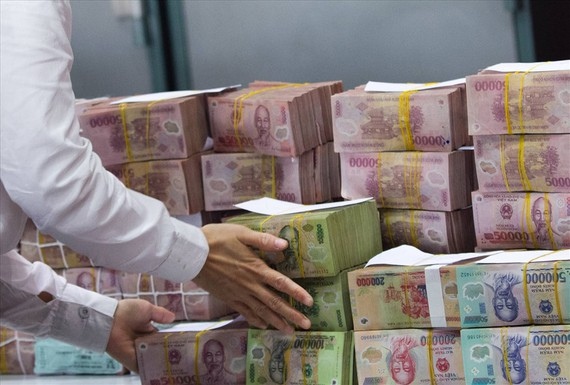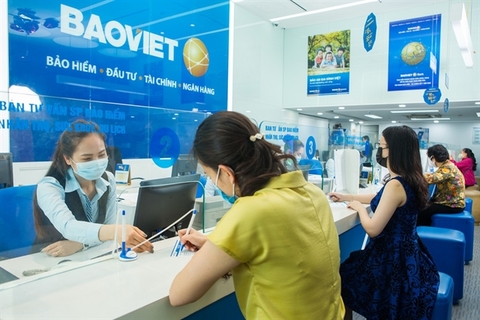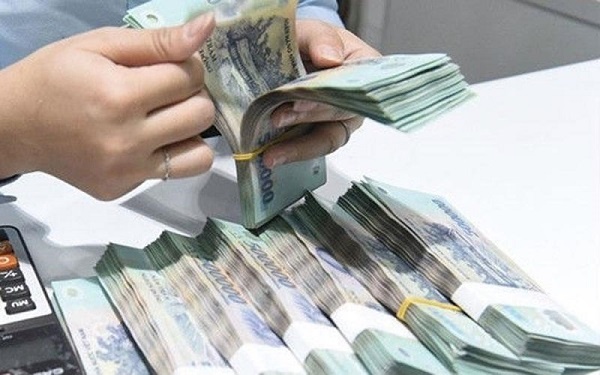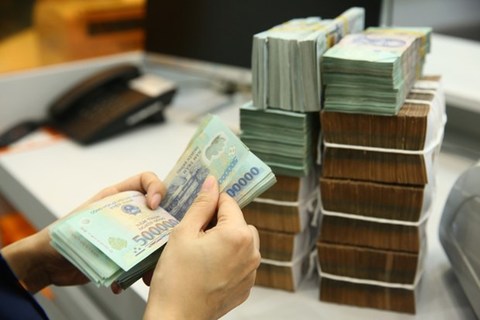Bad debts need to be curbed
Bad debts need to be curbed
After the Circular issued by the State Bank of Vietnam on debt restructuring, many bad debts of commercial banks have become non-bad debts because they do not have to change the debt groups. Many financial experts claim that this amount of debt is very large, contrary to the number announced by banks.
Illustrative photo. |
This is evident in the increase in Return On Assets (ROA) and Return On Equity (ROE) of some banks. In debt restructuring, banks do not need to make provision for risks, as profits automatically increase. However, behind this is a very large accrued interest, which means that the bank cash flow is also facing difficulties, which is a sign of huge bad debts.
In this context, if an interest rate compensation package is expected to be implemented in the near future without close supervision, it will drag the bank into implementing debt repayment term restructuring. This should be an early warning sign. Instead of letting the bank directly restructure the repayment period, let businesses borrow in accordance with the standards, then submit the application to the Ministry of Finance for support, to avoid risk for banks. This view is posed not only for the benefit of the banking industry but also cautiously for future macro risks.
The above concerns are well-founded. In fact, currently all banks claim to operate stably and sustainably, but inside operations show there are many potential signs of risks. Credit has improved dramatically in the last few months and as of 22 December 2021, credit to the economy increased by 12.68% compared to the end of 2020, exceeding the target set at the beginning of the year. This figure at the end of September 2021 was only 7.88%. From 25 November to 22 December 2021, credit growth had increased by 2.87%, equivalent to an expansion of nearly VND 264,000 bn.
Many commercial banks have also been allowed a very high credit room by the State Bank to meet capital demand. An extremely strong growth rate, especially in key industries such as support industries, is still struggling with many difficulties to recover in production and other business activities after the fourth wave of the pandemic. Businesses say they no longer have collateral to borrow from banks, so fast credit growth is not necessarily good news for the economy.
Previously, the General Statistics Office had said that for the whole year of 2021, GDP will increase by 2.58%, lower than the rate of 2.91% in 2020, which is also the lowest increase in recent decades. High credit growth and low GDP growth, raises questions about capital flowing into asset markets and risk sectors. This question is even stronger when the State Bank continues to insist that it will strictly control credit in potential risk areas, creating favorable conditions for businesses and people to access bank credit. The State Bank wants to tighten but it is also the responsibility of commercial banks.
In the current context, the operator should take a tougher stance to curb the growing bad debt crisis. To ensure the health of banks, the State Bank of Vietnam should issue debt extension and postponement, and specifically support Circular 14/2021 that will last until June 2022. Given the current situation, many forecasts suggest that the State Bank may extend the debt restructuring term until December 2022, but it is time for the State Bank of Vietnam to consider reducing lending from June 2022 or maybe earlier, from 1 January 2022, requiring commercial banks to classify debts and make more provisions for all untoward risks.



















